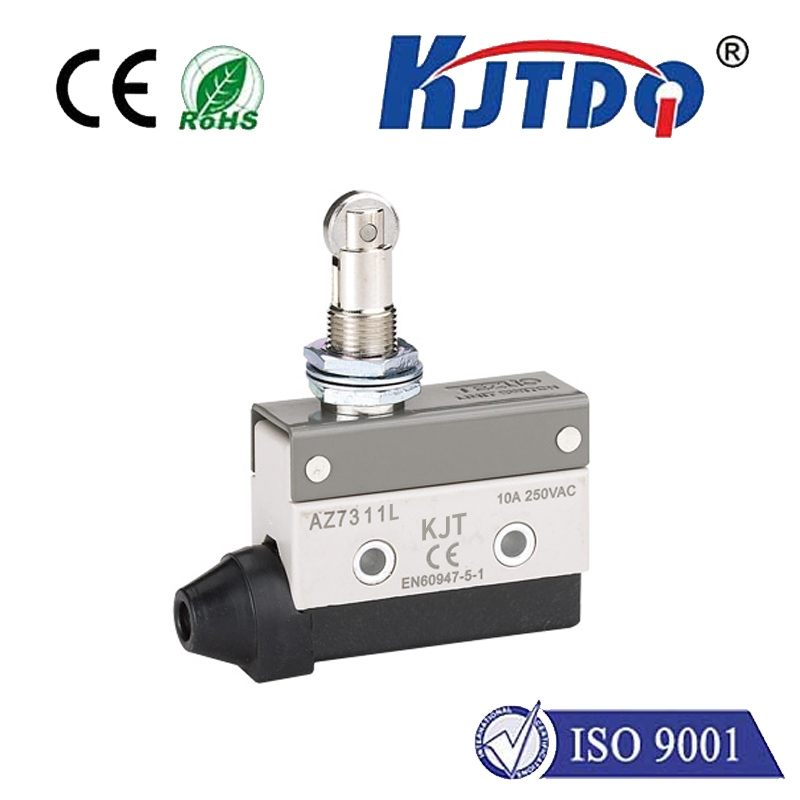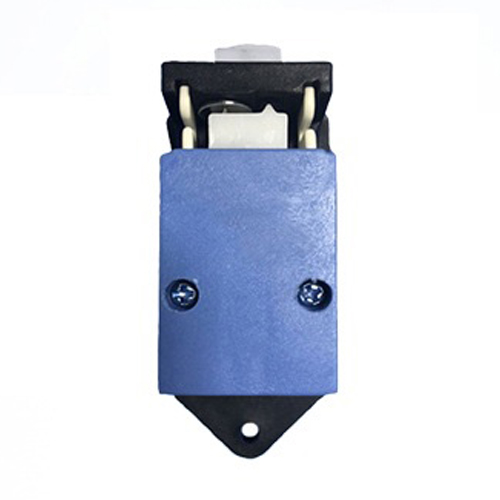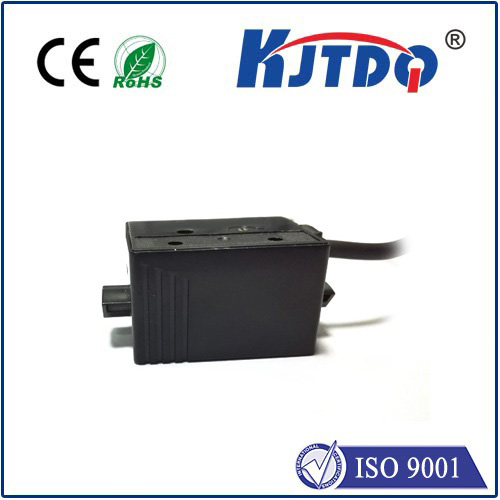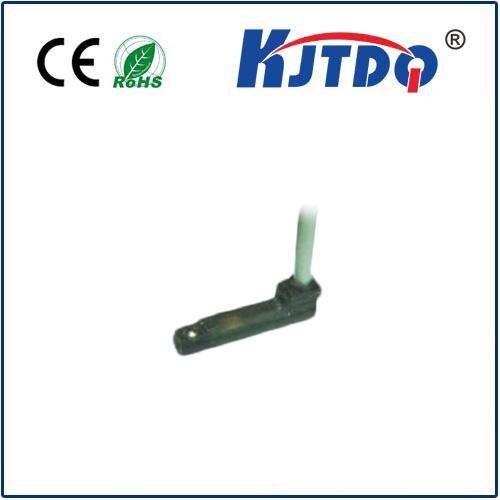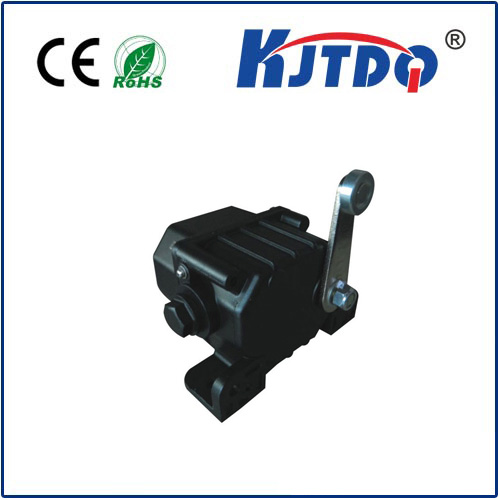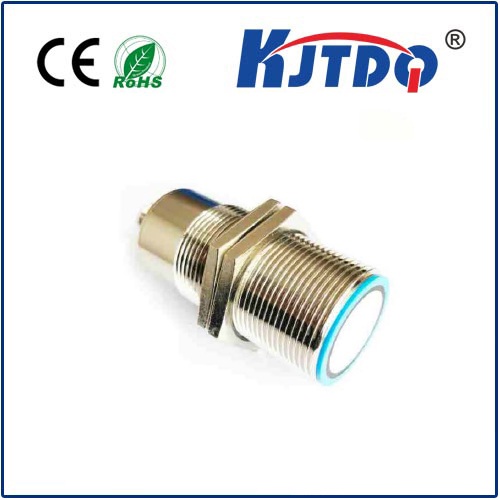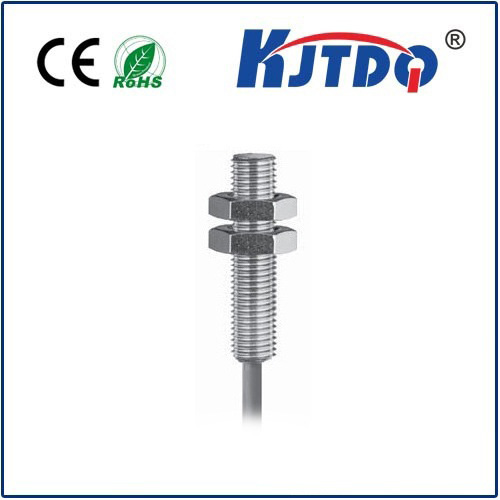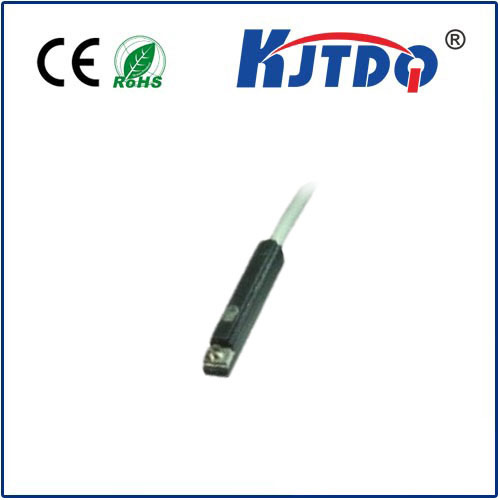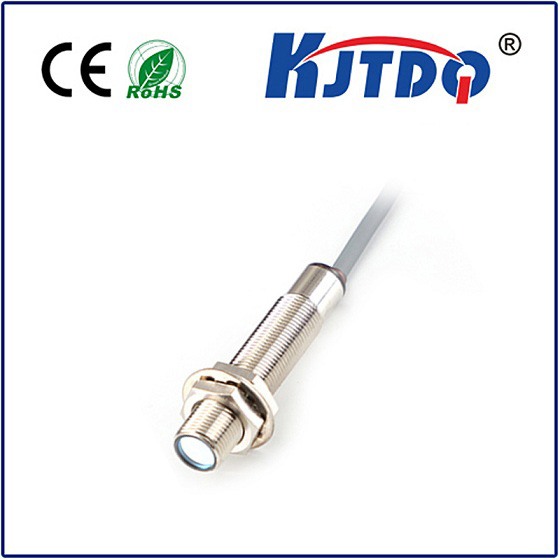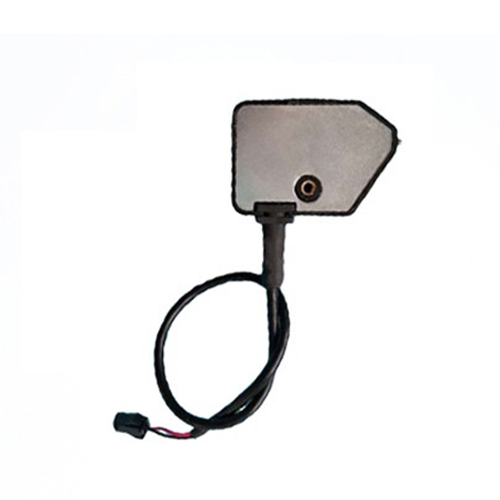

check

check

check

check
Smart Lighting with S-BOS R81K D Photoelectric Sensor: Enhancing Energy Efficiency and Automation
In today’s rapidly evolving smart home and building technologies, the integration of advanced sensors plays a crucial role in optimizing energy usage and enhancing user experience. One such innovation is the S-BOS R81K D photoelectric sensor, a versatile device designed to monitor and respond to light conditions in real time. This sensor is not only a key component in automated lighting systems but also a powerful tool in energy conservation and safety management.
The S-BOS R81K D photoelectric sensor operates based on photodetection technology, which allows it to detect changes in ambient light levels. By continuously monitoring the light intensity, the sensor can trigger automatic adjustments in lighting systems, ensuring that spaces are illuminated only when needed. This real-time response is particularly beneficial in environments where energy efficiency is a priority, such as office buildings, commercial spaces, and residential homes.

One of the most significant advantages of the S-BOS R81K D is its ability to integrate seamlessly with smart lighting platforms. These platforms use data from the sensor to adjust lighting levels dynamically, reducing unnecessary power consumption and lowering energy costs. For instance, in a smart office setting, the sensor can detect when a room is unoccupied and automatically dim the lights, saving up to 30% of electricity usage. This not only enhances sustainability but also contributes to a more comfortable and efficient workspace.
Moreover, the sensor is equipped with advanced features that make it suitable for a wide range of applications. Its high sensitivity ensures accurate detection even in low-light conditions, making it ideal for use in areas with limited natural illumination. The sensor can also be configured to trigger specific actions, such as turning on lights when a person enters a room or turning them off when leaving. This level of customization ensures that the sensor can adapt to the unique needs of different environments.
In addition to its functional benefits, the S-BOS R81K D also contributes to safety and security. By detecting changes in light levels, the sensor can help prevent accidents in poorly lit areas, especially in industrial settings or public spaces. It can also be used in motion detection systems to enhance security by detecting movement and triggering alerts.
The integration of the S-BOS R81K D into smart lighting systems is not just a technological advancement—it is a step toward a more sustainable and efficient future. As the demand for energy-efficient solutions continues to grow, the importance of such sensors in modern infrastructure becomes increasingly evident. With its combination of precision, versatility, and adaptability, the S-BOS R81K D is set to redefine how we approach lighting and automation in both residential and commercial environments.
In summary, the S-BOS R81K D photoelectric sensor represents a significant leap forward in smart lighting technology. Its ability to monitor and respond to light conditions in real time makes it an essential component in modern automation systems. As we move toward a more sustainable and intelligent world, the role of such sensors in optimizing energy use and enhancing user experience will only become more critical.
